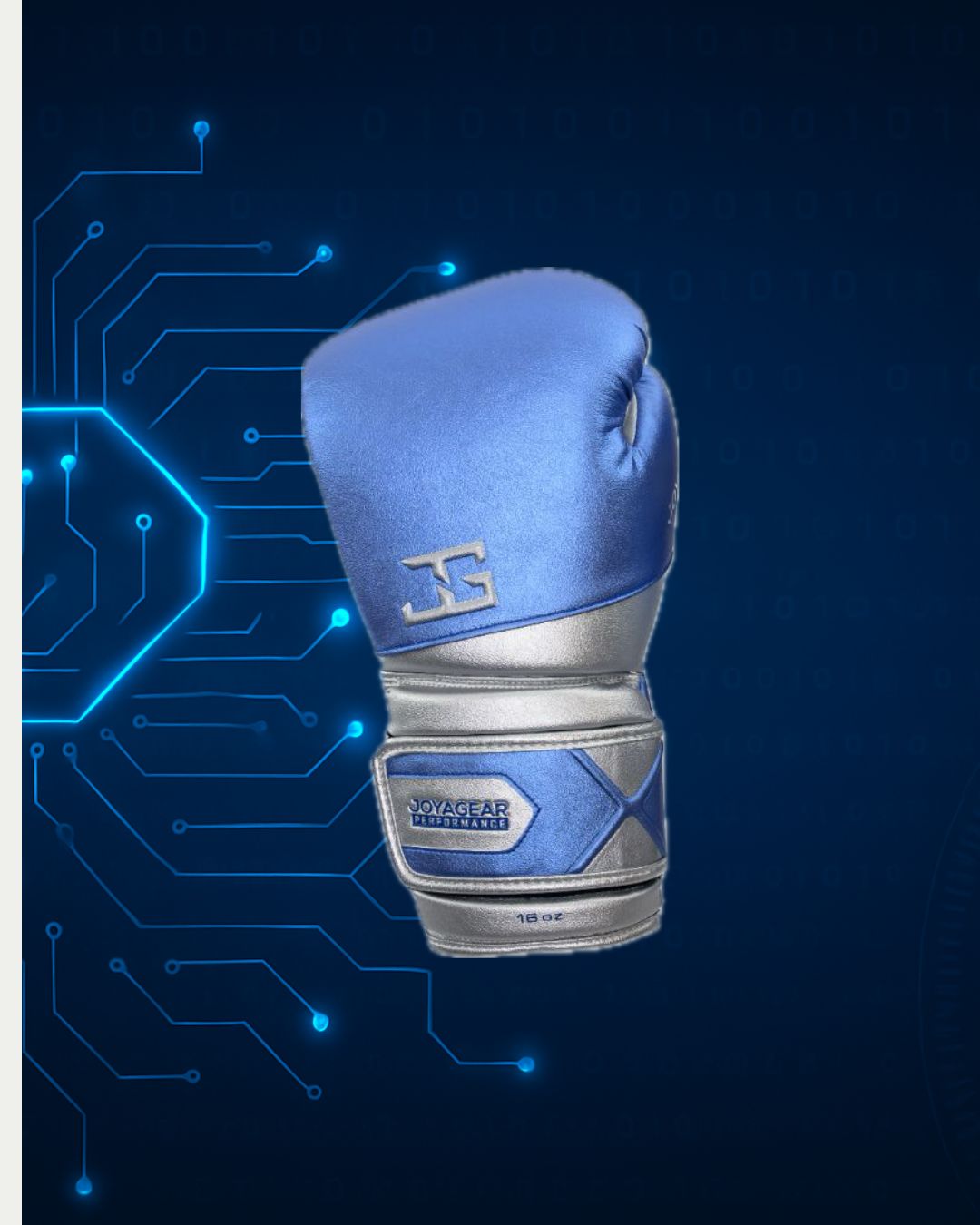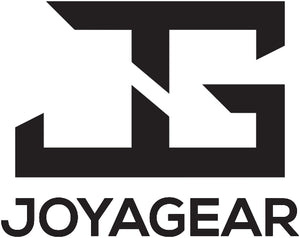The Future of Combat Sports Gear: Technology That Will Change Your Performance

The World of Combat Sports Is Changing
Not in the core principles of training, discipline, and respect. But in how we measure, improve, and protect. Where intuition and experience once reigned supreme, technology is now stepping into the spotlight. In this blog, we take a look at what the future of combat sports gear might look like — and which realistic innovations we can expect in the years ahead.
Smart Boxing Gloves: Data in Every Punch
The first major step already emerging in combat sports is the use of smart gloves. Several prototypes have tiny chips embedded that measure punch count, power, speed, impact angle, and even rest periods between combinations. These gloves can send data in real time to an app or screen, giving both trainer and athlete instant performance insights.
This is no longer science fiction. The technology is already being tested in experimental boxing sessions with promising results. The gloves are equipped with sensors and accelerometers that deliver precise feedback on every move. Instead of saying “That felt good,” you’ll soon be able to say: “That left hook landed with 740 grams of force.”
Real-Time Feedback = Faster Growth
The true value of this technology lies in immediate learning. Instead of reflecting after training based on feeling, you see during training what’s working — and what needs improvement. It’s similar to how other sports have been transformed in recent years.
Lessons from Other Sports
-
Football (soccer): Players wear GPS sensors during training to measure sprint intensity, recovery, heart rate, and positioning.
-
Tennis: Rackets now track exactly where and how the ball is struck.
-
Athletics: Athletes monitor stride patterns, cadence, impact, and even breathing.
-
Swimming & Cycling: High-level data analysis is already standard.
The common theme? Technology helps athletes train more efficiently and more safely. Combat sports are ready for the same leap.
What Could Come Next?
Let’s think ahead:
-
Headgear that measures impacts and alerts you when you’ve absorbed too many heavy shots — ideal for sparring safety.
-
Shin guards with sensors that track kicking power, blocking efficiency, and areas for improvement.
-
Mouthguards that analyze breathing, providing insights into conditioning and recovery during hard rounds.
-
Smart clothing that shows muscle load in real time, detecting overtraining early.
All of this technology already exists in other sports. It’s only a matter of time before it’s adapted to the specific demands of kickboxing, MMA, and boxing.
And imagine if all that data comes together in one platform. A single dashboard where you and your coach can track progress, weaknesses, workload, sleep quality, nutrition, and recovery. A digital coach alongside your physical coach.
Data as a Training Partner
The biggest shift won’t just be in the gear itself, but in the mindset of fighters and coaches. Where once hard work and technique were enough, now data becomes a third training partner.
Imagine reviewing a sparring session — not just on video, but with full analytics. You can see exactly when fatigue set in, how your reaction speed dropped, and how much power your punches lost. Training then becomes smarter, more focused, and safer.
Coaches could analyze each round to see where their athlete slowed down, which combos were most effective, and how to adapt strategy. This will make coaching more precise than ever.
Technology as Protection Against Overtraining
Injury prevention remains one of the most overlooked aspects of combat sports. Too many fighters push through pain because they think it’s part of the game. But with the right tech, early warning signs of overtraining can be detected.
Smart wearables that measure muscle tension, track heart rate variability, and show recovery status could play a critical role in preventing long-term injuries. In a sport built on repetition, intensity, and impact, this development cannot be ignored.
What Does This Mean for You?
For now, you can already take small steps: record your training on video, or track your heart rate during hard rounds. But in just a few years, smart gloves, impact monitoring, and breathing analysis may be as normal as hand wraps.
The future of combat sports gear lies in technology that doesn’t distract, but empowers. That doesn’t restrict you, but gives insight. That doesn’t change the soul of the sport — but helps you master it at a higher level.
And perhaps more importantly: technology democratizes knowledge. Where once only top coaches with decades of experience could fully assess a fighter, soon every athlete with access to data can guide themselves better. Growth becomes more accessible than ever.
Artificial Intelligence as Your Personal Fight Coach?
Looking further ahead, AI may play a larger role. Imagine algorithms creating personalized training plans based on your data. Or AI analyzing fight footage and automatically flagging technical mistakes. This is already being tested in other sports.
In combat sports, this will likely start as a supplement to coaching. But it’s not unthinkable that AI will one day become a serious partner in your learning process.
Final Thoughts
Technology will never replace combat sports. The passion, fire, and discipline — those will always come from you. But with the right innovations, you’ll soon be able to train like an athlete of the future: smarter, safer, and more effectively.
At the same time, it’s important to recognize that combat sports are deeply rooted in tradition. The old-school methods, classic drills, and respect for history remain part of the sport’s identity. Many trainers grew up with these values and may be slower to embrace tech.
Unlike sports such as football or athletics, where technology has already taken the lead, combat sports will likely transition more gradually. And that’s okay.
When the right balance is found between technology and tradition, something special emerges: a modern way of training, without losing the soul of the sport.
The future of combat sports gear isn’t about replacing what we already do — it’s about refining it. Expanding it. And creating the chance to become even better at what we already love.
Are you ready for what’s coming?
0 comments


